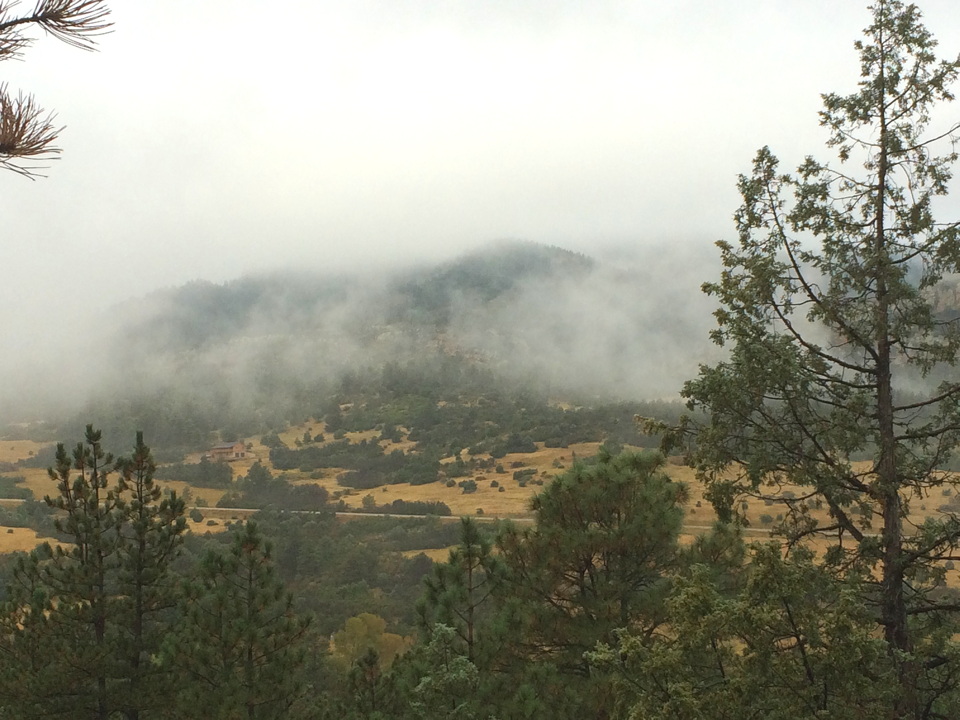The mid-6th century must have been a terrible time in the Mediterranean world, in Western Europe, and probably other places as well.
 If you look up “the plague of Justinian,” you will find that much has been written on a bubonic plague outbreak during the rule of the Eastern Roman emperor Justinian, peaking around 540–541 CE. Apparently that is part of a larger disaster that started around 536.
If you look up “the plague of Justinian,” you will find that much has been written on a bubonic plague outbreak during the rule of the Eastern Roman emperor Justinian, peaking around 540–541 CE. Apparently that is part of a larger disaster that started around 536.
David Keys, author of Catastrophe: An Investigation into the Origins of Modern Civilization, speculated that this plague, which spread from the Middle East to Britain (if not farther), might have contributed to the collapse of Romano-Celtic Britain in the face of Anglo-Saxon invasion, despite the best efforts of King Arthur (whoever he was). ((Roman forces had been withdrawn from Britannia in the early 400s and that colony more or less written off, although Britain retained a lot of Roman culture for a time.)) That hypothesis is based on assuming that the Romanized Britons had more trade contact with the Mediterranean world, which exposed them to the plague, whereas the English were more isolated. But who can say for sure?
I was introduced to Catastrophe by my friend and mentor, the English witch Evan John Jones, who had bought it shortly before I visited him in Brighton, and I stayed up late a couple nights speed-reading it after he and Val, his wife, had long gone to bed.
All that concatenation of volcanic eruption-plague-and climate change was brought back to mind by this article, “The Long, Harsh Fimbul Winter is not a Myth,” subtitled, “Probably half of Norway and Sweden’s population died. Researchers now know more and more about the catastrophic year of 536.”

In essence, massive short-term climate changes slammed Scandinavia, northern Germany, and the Baltic region in the 530s, leading to abandonment of farms and settlements and the projected deaths of up to half of the peoples there.
“First came the Fimbul winter that lasted three years. This was a warning of the coming of Ragnarok, when everything living on Earth came to an end.”
This is how the story of the long harsh winter, called the Fimbul winter in Norwegian, begins, both in Norse mythology and in the Finnish national work of epic poetry, the Kalevala.
But why are stories that warn of a frozen end-time found in Nordic mythologies?
* * *
[Swedish archaeologist Bo] Gräslund was first to suggest that the Fimbul winter was a real event, and that it took place in the years after 536. He also pointed out that the 13th century Icelandic historian Snorre in his book Edda was not only concerned that it was very cold and the winters were snowy — Snorre was also concerned because there were no summers for several years in a row.
Whereas David Keys looks toward a volcano in Indonesia as the culprit, the Scandinavians are suspecting an eruption in Central America or Mexico:
“This must have happened somewhere near the Equator. Maybe it was El Chichón volcano in southern Mexico,” [climate scientist Fredrik Charpentier Ljungqvist] said.
The tiny particles from the two volcanic eruptions remained in the atmosphere for several years, leading to strong cooling in the northern hemisphere. Ljungqvist points out that there are now a number of studies of annual rings in old trees that confirm this.
He points out that the cumulative effect of two huge volcanic eruptions in the years 536 and 540 was what made this cooling quite exceptional and very long lasting.
The archaeological evidence is chilling, no pun intended:
In Denmark, archaeologist Morten Axboe found that large quantities of gold and other precious metal jewellery were sacrificed right after the climate shock.
Axboe’s theory is that these sacrifices were actions of desperate people. They sought to mollify higher powers and asked them to bring the sun back into the sky.
* * *
In Rogaland and the surrounding areas, until the disaster 1500 years ago, there were many skilled goldsmiths.
Both they and their craft disappeared.
The same thing happened to the many talented potters who had lived in western Norway before the Merovingian Period, from Jæren in the south to Sogn in the north.
It would take another thousand years before equally fine pottery was made in Norway.
You can’t blame people for thinking that this was The End, or at least a good preview of what The End would look like.
And one more item: The inscription on this 6th-century runestone from south-central Sweden appears to have been influenced by the horrible winters.



 When I look out my window,
When I look out my window,

